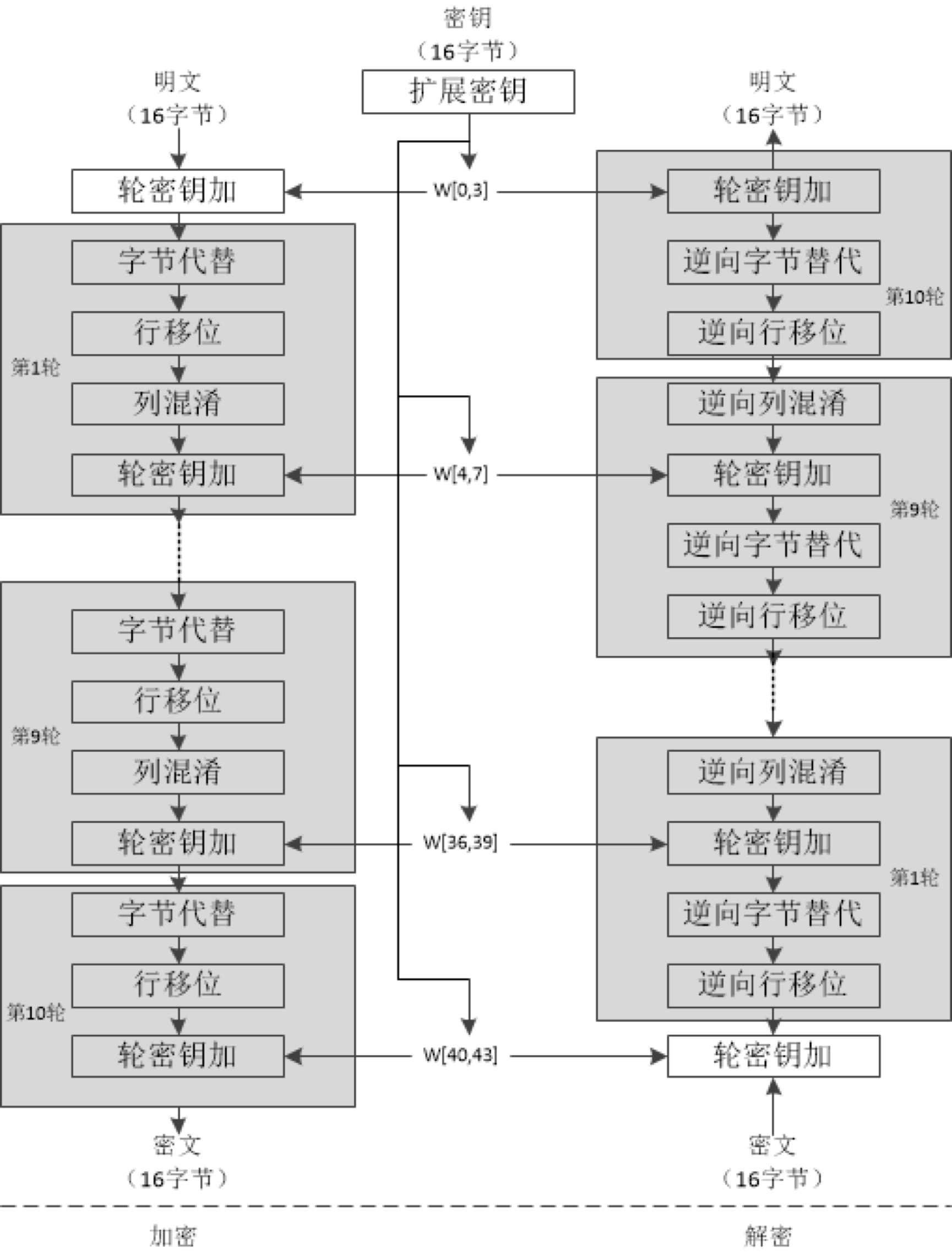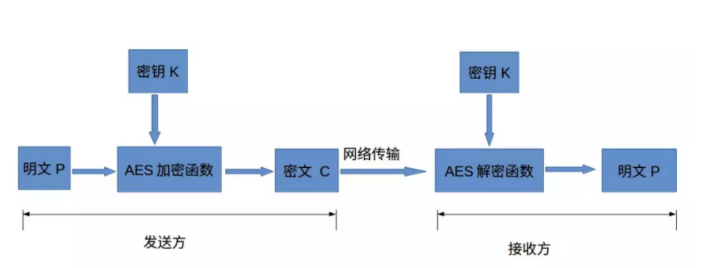在接口测试中,会遇到加密的请求数据,例如:常用的base64加密,AES加密,在这里,简述用Python转化AES的加密方法
原理
- 官网链接:https://pycryptodome.readthedocs.io/en/latest/src/cipher/aes.html
- 在线加密/解密:https://www.sojson.com/encrypt_aes.html
- AES加密主要包括两个步骤:密钥扩展和明文加密。
密钥扩展:将输入的密钥(16字节、24字节和32字节)进行扩展,根据密钥长度的不同,得到扩展后的密钥进行加密的轮数也不相同,个人理解为补码。 例如:对用户名进行AES加密,6位的用户名不满足16个字节,就需要补充位数。

Python实现:Crypto算法库
安装
Crypto不是自带的模块,需要下载。http://www.voidspace.org.uk/python/modules.shtml#pycrypto
安装好引用的时候,提示找不到Crypto,找了很多资料,原因是
C:\Python27\Lib\site-packages在这个路径下面有一个文件夹叫做crypto,把它的首字母改成大写,即是Crypto
就没有问题了
简单使用
from Crypto.Cipher import AES
import base64
secret = "12345678912345678912345678912345" #由用户输入的16位或24位或32位长的初始密码字符串
cipher = AES.new(secret) #通过AES处理初始密码字符串,并返回cipher对象
s = cipher.encrypt("1234567891234567") #输入需要加密的字符串,注意字符串长度要是16的倍数。16,32,48..
print s #输出加密后的字符串
print base64.b64encode(s) #输出加密后的字符串的base64编码。
print cipher.decrypt(s) #解密接口自动化中实现
class AesMethod:
def __init__(self):
self.key=key
def pkcs7padding(self,text):
"""
明文使用PKCS7填充,如果块长度是16,数据长度9,那么还差7个字节,就在后面补充7个0x07
数据: FF FF FF FF FF FF FF FF FF
填充后:FF FF FF FF FF FF FF FF FF 07 07 07 07 07 07 07
最终调用AES加密方法时,传入的是一个byte数组,要求是16的整数倍,因此需要对明文进行处理
:param text: 待加密内容(明文)
:return:填充后的数据
"""
bs = AES.block_size # 16
length = len(text)
bytes_length = len(bytes(text, encoding='utf-8'))
# tips:utf-8编码时,英文占1个byte,而中文占3个byte
padding_size = length if(bytes_length == length) else bytes_length
padding = bs - padding_size % bs
# tips:chr(padding)看与其它语言的约定,有的会使用'\0'
padding_text = chr(padding) * padding
return text + padding_text
def aes_encrypt(self, data):
key_bytes=bytes(self.key, encoding='utf-8')
cipher = AES.new(key_bytes,mode=1)
# 处理明文
content_padding = self.pkcs7padding(data)
# 加密
encrypt_bytes = cipher.encrypt(bytes(content_padding, encoding='utf-8'))
# 重新编码
result = str(base64.b64encode(encrypt_bytes), encoding='utf-8')
return result